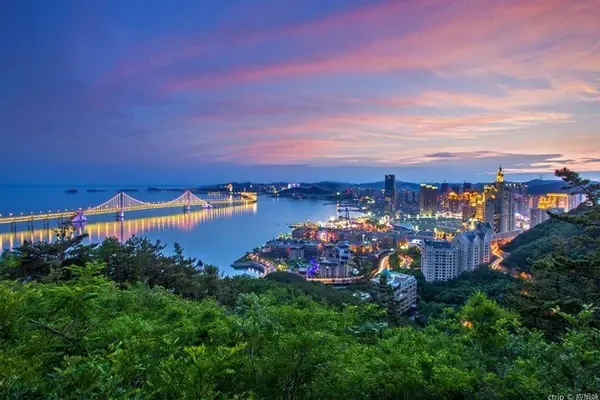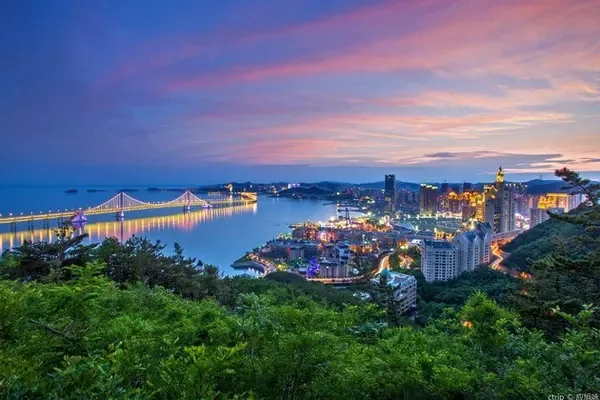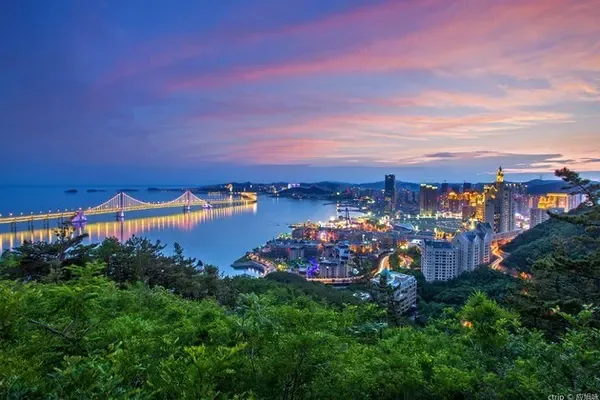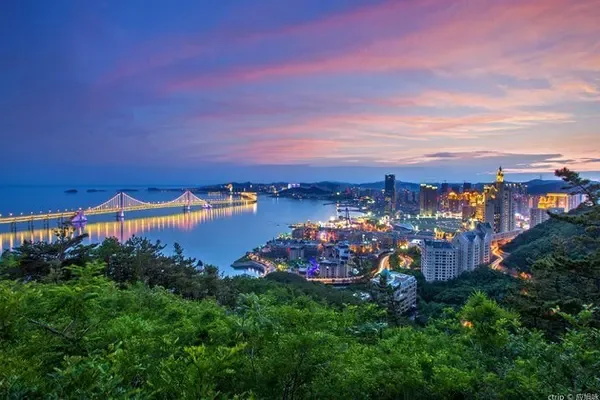Xinjiang epidemic prevention policy tips
1. According to the local epidemic prevention policy in Xinjiang, tourists who are involved in activities in medium and high-risk areas will not be accepted temporarily. Foreigners and Hong Kong, Macao and Taiwan regions are temporarily unable to receive tourists.
2. All tourists coming to Xinjiang must provide a big data green code, and cooperate with the local landing to do nucleic acid testing.
3. Due to the changeable epidemic prevention policy in Xinjiang, the policy may still change after starting the itinerary. If you are not clear about the epidemic prevention policy, you can consult customer service to understand the real-time epidemic prevention situation. Due to the possibility of multiple nucleic acid tests, please actively cooperate with local epidemic prevention personnel.
Xinjiang Travel Notes
1. Xinjiang belongs to the northwest region, and its economy is different from that of the inland area, so the food, accommodation and transportation are different from those in the inland area. beg to be excused.
2. The difference between Xinjiang and the mainland is two hours, but the whole Xinjiang uses Beijing time to work and rest; but the rest time in Xinjiang is around 12:00 in the evening, and the working time in the morning is around 10:00
3. The temperature difference between morning and evening is large, and the temperature difference can reach about 20 degrees. When you sleep at night, you should turn on the air conditioner to a moderate level. Don’t be too cold, or sleep without a quilt, which will cause physical discomfort. In addition, it should be noted that if you spend the night in Tianchi Lake, Nalati Ranch, or visit Kanas Lake, you must bring coats, sweaters and other clothing.
4. Due to the vast territory of Xinjiang, it takes a long time to travel by car. In many cases, tourists must get off the car and walk or experience the fun of riding horses and camels in person. Therefore, a pair of suitable shoes is particularly important.
5. Although the temperature in Xinjiang is slightly lower than that in the mainland, because of the high altitude in many areas in Xinjiang, the ultraviolet radiation is strong. Therefore, tourists should prepare sufficient and effective sunscreens, as well as heat-clearing, thirst-quenching, and moisturizing medicines or granules, such as Xia Sangju granules, so as not to withstand the dry and hot climate for a while. If you have motion sickness, please bring your own motion sickness medicine.
6. Traveling in Xinjiang, due to the long itinerary and the large climate difference, it is difficult for tourists to adapt for a while, and symptoms of acclimatization may occur. Tourists should bring relevant medicines and some regular medicines, such as band-aids, cold medicines or medicines for gastrointestinal discomfort Wait.
7. Xinjiang is an area inhabited by a variety of ethnic minorities with strong religious overtones. People who believe in Islam do not eat pork. This is a taboo in their life and must not be offended.
Special attention: You must bring all your ID documents, mainly the ID card. Security checks in Xinjiang are relatively frequent, and the ID card is the fastest way to pass the security check.



